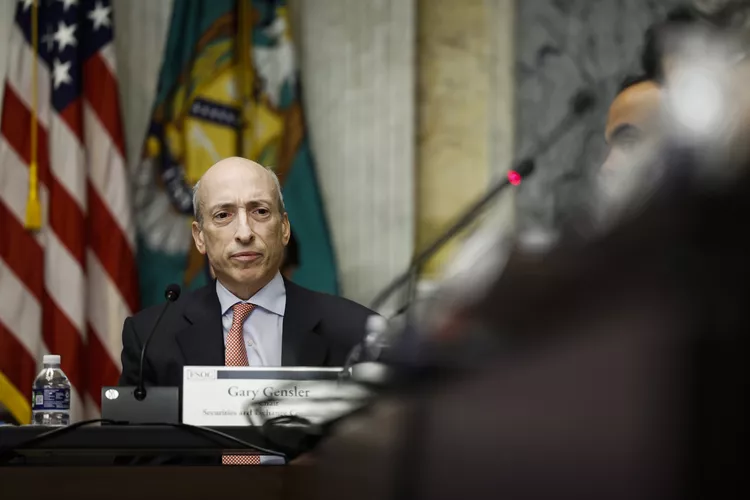Stocks May Head Higher This Year As Bulls Have History on Their Side

Given the numerous headwinds it faced, the U.S. stock market’s first-half 2023 rally surpassed virtually all expectations. As the last half of the year begins, many of those challenges persist—but so do many of the sparks that fueled the first-half surge.
Investors balancing competing forces nevertheless pushed the S&P 500 Index up 17% in the first half of the year, at the cusp of ushering in a new bull market.
A Resilient Economy
The U.S. economy has exhibited considerable resilience so far in 2023. The jobs market remains strong, and corporate earnings have not decreased as expected.Aggregate earnings for S&P 500 companies rose 0.1% in the first quarter, easily exceeding forecasts for a 5-6% decline when the earnings reporting period began three months ago.

The earnings stability reflected an overall U.S. economy that grew at an annualized 2% rate in the first quarter, almost twice the rate of initial estimates.
The technology-laden Nasdaq Composite Index surged 32% in the first half of the year, the highest since 1983 and almost doubling the broader market.
1. Troublesome Hurdles
On the other hand, inflation has subsided but remains problematic. As a result, interest rates that have risen to the highest levels in two decades likely will go higher. That means recession fears won’t go away, nor will concerns about the impact of higher rates on banks and credit markets.
Conversely, 44% of the index’s stocks lost value. Through May, 286 U.S. companies filed for bankruptcy protection, the most in the first five months of the year since 2010.Still, the economy’s relative strength in the face of consistently rising interest rates means the Federal Reserve, after pausing interest rate hikes in June for the first time in 15 months, likely won’t pause for long.
2. Does a Recession Remain on Tap—And Does It Matter?
Indeed, minutes released Wednesday from the Fed’s latest policy meeting in June indicated several Fed officials supported raising rates then. Interest-rate futures markets overwhelmingly predict the Fed will resume raising rates at its next policy meeting later this month.In its second-half market preview, J.P.Morgan said the Fed’s own projections for two more rate hikes this year likely will produce a mild recession starting late this year or early next year.”We expect a more challenging backdrop for stocks in the second half,” the firm’s preview stated, noting softening consumer trends and a decelerating business cycle makes equals an “unattractive risk-reward” proposition for stocks.






